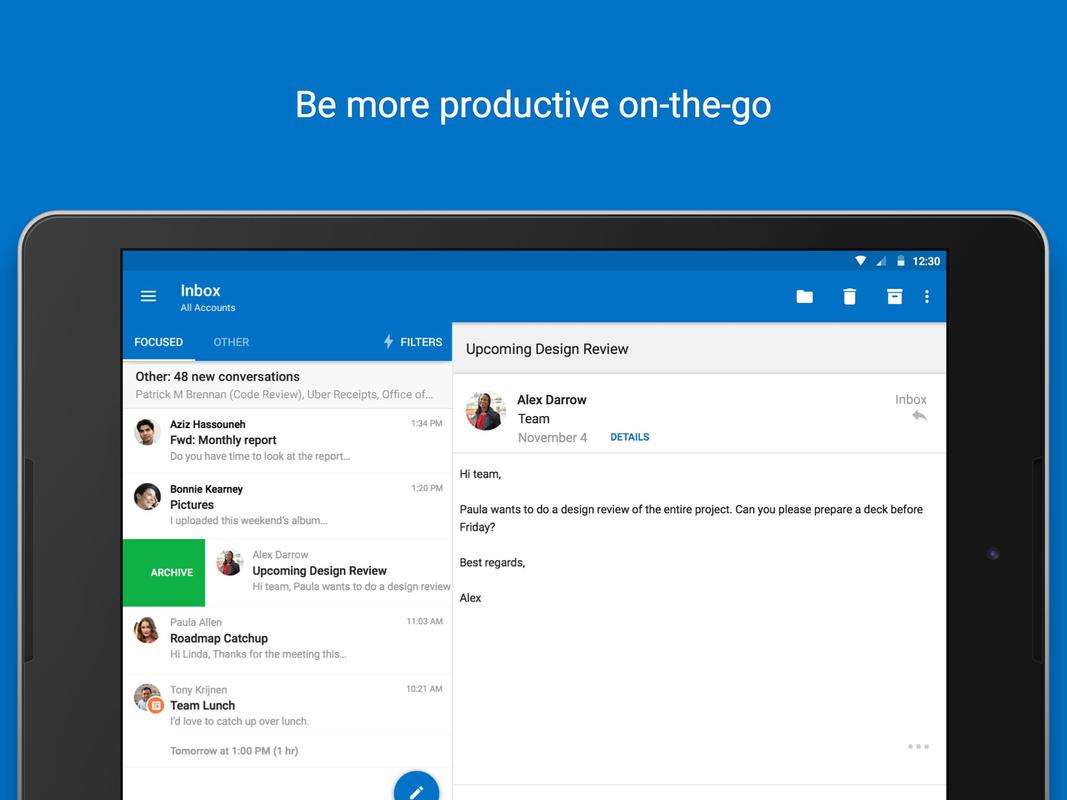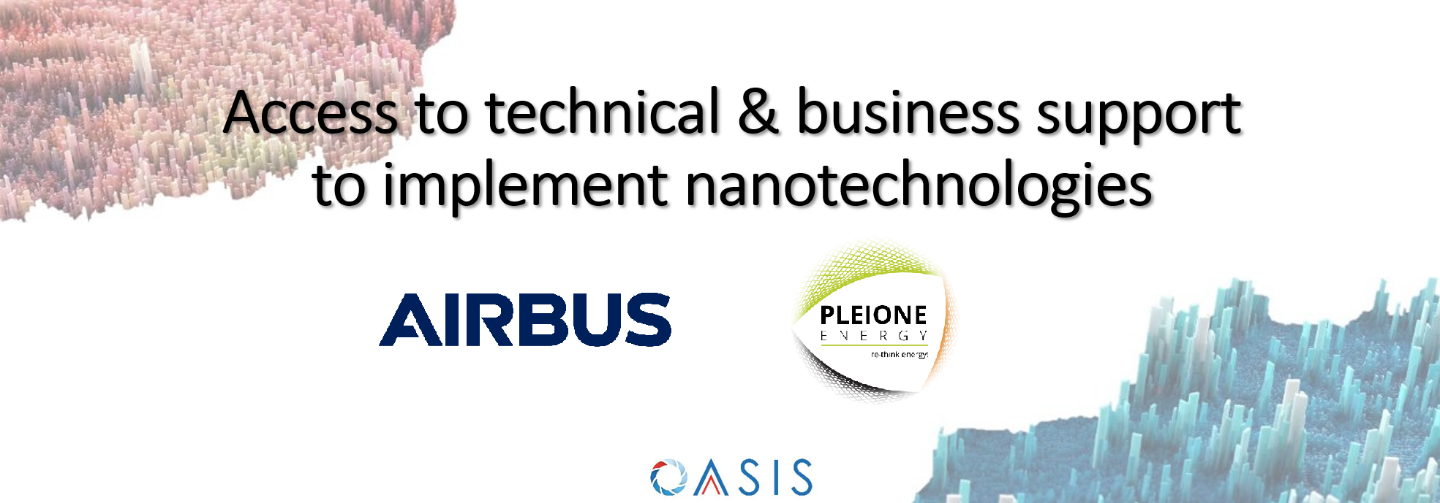Export An Oasis Schedule To The Microsoft Outlook Computer
Export Full Agenda will generate an.ics file with all sessions in it; Export My Agenda will generate an.ics file with the sessions that are on your My Agenda page; Once the file has been downloaded to your computer, import it to the calendar service of your choice: Import a calendar to Microsoft Outlook (external link).
- Export An Oasis Schedule To The Microsoft Outlook Computer App
- Export An Oasis Schedule To The Microsoft Outlook Computers
- Export An Oasis Schedule To The Microsoft Outlook Computer Software
- Export An Oasis Schedule To The Microsoft Outlook Computer Program
- BackRex Outlook Backup is a backup and restore tool for Microsoft Outlook. It allows you to backup address book, mail and other folders, mail accounts, message rules, signatures, stationery, and all personal settings. Backup jobs can be scheduled to run on a regular basis. Supports Outlook 2000, 2002, 2003, 2007, 2010.
- Microsoft Outlook automatically stores messages, contacts, appointments, tasks, notes, and journal entries in one of the following two locations: In a personal storage folder, also known as a.pst file, on your computer. In a mailbox that is located on the server. Your mailbox is located on a server if you use Outlook with Microsoft Exchange.
- When you have Outlook 2013, 2016, 2019, or Office 365 configured to store your Contacts, Calendar, Tasks and Notes within the ost-file, the recommended backup strategy is to regularly export all folder that are marked with “This computer only” to a pst-file.
Today, redactions are more important than ever. Given the massive amounts of data involved in discovery, it is imperative to protect sensitive information from unnecessary disclosure.
There have always been rules on when redactions are necessary. No one wants Social Security Numbers flying around for all to see. But now, it’s common for discoverable materials to contain all kinds of personal identifying information (PII) you want to keep private either to protect your company or consumers.
Redaction offers you security beyond a protection order. No one can leak information they don’t have. No one can steal it either. When you redact information, either by choice or obligation, a redaction log provides a clear record and explanation for your choices, which might be necessary for court.
What is a Redaction Log?
A redaction log is a record that tracks blacked out or abbreviated information in relevant materials turned over during discovery. It might include the document name or number, the page/paragraph location, the type of information redacted, and a brief reason for the redaction.
When Do You Need a Redaction Log?
At least two circumstances give rise to redaction logs. The first is necessary, and the second is discretionary.
Federal and state rules of procedure require redacting certain information for privacy. Rule 5.2 of the Federal Rules of Civil Procedure dictates privacy protections for public filings in federal courts. Information that must be redacted includes:
- Social Security Numbers
- taxpayer-identification numbers
- financial account numbers
- birth dates
- minors’ names
The court also might require or allow redaction of other identifying or sensitive information, like alien registration or driver’s license numbers.
The federal rule says you may file a reference list identifying redacted information along with redacted materials. You must file the list under seal.
There may be similar requirements in state courts. For example, under California Rules of Court, Rule 1.201, you must redact personal information from documents you publicly file with the court. You may file a Confidential Reference List of Identifiers, Form MC-120.
The second reason for a redaction log is when you want to protect sensitive yet irrelevant information. You can either reach an agreement with the other parties regarding redactions or make the unilateral decision to hide certain irrelevant information.
How Redaction Logs Differ From Privilege Logs
There’s somewhat of a false parallel between privilege and redaction logs. Both are reports describing what you hold back during discovery. But they serve two distinct purposes.
A privilege log tracks relevant documents you withhold due to privilege. The log is necessary to explicitly invoke your right to retain privileged information and inform the other party they aren’t receiving documents relevant to the dispute. Without a log, the recipient wouldn’t know what they’re missing.
A redaction log tracks information that is irrelevant to the legal matter. You aren’t censoring the information because of privilege; you’re hiding it based on privacy and protection. The irrelevant information could harm your company (or your clients, vendors, customers, or consumers) if exposed. A log isn’t essential in the sense that the recipient knows when a document includes redactions. It’s useful, nonetheless.
Creating a Redaction Log
Depending on the tool you are using for discovery and redactions, compiling a redaction log could be incredibly tedious—or extremely simple. If redactions are applied manually in a tool such as Adobe Acrobat, or in a discovery platform that does not allow for redaction reports, creating a redaction log can take hours of painstaking documentation. Microsoft office for mac 2016 v15.13.3 multi %5btechtools.net%5d.
The best eDiscovery platforms will automate both privilege and redaction log creation.

In Logikcull, for example, you can create a redaction log in just a few clicks. When a document is redacted, Logikcull automatically applies a “has redactions” tag. Users can then create a CSV export with select metadata, including a full list of documents having redactions and, if a redaction label is applied, the reason for those redactions.
Total time to create: just a few seconds.
Tackling Redaction Logs Efficiently
Best practices call for considering discretionary redactions from the very beginning. At the onset of discovery, you can discuss redactions with the other parties. You’ll reach an agreement or get the court’s input. Either way, you can move forward with your redactions confidently.
Deciding what to redact or hold back as privileged should be the hard part—not documenting your decisions. Your team needs an efficient and accurate process for creating a privilege log, redaction log, or both. You’re all too aware that modern discovery often includes millions of documents, which might require tens of thousands of redactions of PII and other sensitive information. A user-friendly, automated process to log those redactions saves your team time and energy.
© Thomas Barwick/Getty Images You can sync your Google Calendar to Outlook on a Mac or PC. Thomas Barwick/Getty Images- You can sync your Google Calendar to the Outlook desktop app for Mac by adding your Google account and PC by importing your calendar.
- You can also sync your Google Calendar to your Outlook.com account.
- If you have a paid G Suite account, you can use the G Suite Sync for Microsoft Outlook tool.
- Outlook can automatically sync with a Google Calendar when you use Outlook on mobile devices for iOS and Android operating systems.
If you use Outlook and Google calendars to manage your life, syncing them is critical to avoiding conflicts and ensuring you don't miss planned events or calls.
How you add a Google Calendar to your Outlook account depends on what platform you're using. You can import your calendar, add your entire Google account to your Microsoft desktop app, or add a calendar while logged into your Outlook account.
If you want to sync your Google Calendar to Outlook, here are three ways to do it.
Check out the products mentioned in this article:
Microsoft Office (From $149.99 at Best Buy)
Apple Macbook Pro (From $1,299.00 at Apple)
Acer Chromebook 15 (From $179.99 at Walmart)

How to sync your Google Calendar on Outlook.com
1. Open Google Calendar.
2. In the left-hand column, hover over the calendar you want to add to Outlook.
3. Click the three dots beside the calendar.
4. Select 'Settings and sharing.'
© Abbey White/Business Insider You can only add one Google Calendar to Outlook at a time, though you can sync as many as you want. Abbey White/Business InsiderExport An Oasis Schedule To The Microsoft Outlook Computer App
5. On the Settings page, scroll to the 'Integrate calendar' section
6. Copy the 'Secret address in iCal format' link.
© Abbey White/Business Insider This link will be pasted into Outlook. Abbey White/Business Insider7. Log in to Outlook.com and click the calendar icon in the left sidebar.
© Abbey White/Business Insider This icon will be to the left of your Inbox folders list. Abbey White/Business Insider8. Click 'Add calendar.'
9. Choose 'Subscribe from the web' in the left-hand column.
10. Paste the 'Secret address in iCal format' link.
11. Title the calendar and then click 'Import.'
© Abbey White/Business Insider If you don't title the calendar you won't be able to import it. Abbey White/Business InsiderHow to sync your Google Calendar on Outlook for Windows
1. Go to https://calendar.google.com.
2. Click on the gear icon in the upper-right.
© Abbey White/Business Insider You can find this option in the upper-right next to your profile icon and the month dropdown. Abbey White/Business Insider3. Select 'Settings' from the drop-down menu that appears.
Export An Oasis Schedule To The Microsoft Outlook Computers
4. Choose 'Import & Export' in the left sidebar.
5. Select 'Export' to download a zipped .ics file of your Calendar content.
© Abbey White/Business Insider A downloading link should appear at the bottom of your browser screen. Abbey White/Business Insider6. Launch Microsoft Outlook. Vlinn 2.0 linn lm 1 drum machine.
7. Click 'File' in the upper menu bar.

8. Select Open & Export from the left sidebar.
9. Click the 'Import/Export' option.
© Abbey White/Business Insider The third icon down features green and blue arrows. Abbey White/Business Insider10. In the pop-up window that appears, click 'Import an iCalendar (.ics) or vCalendar file (.vcs)' before selecting 'Next.'
Export An Oasis Schedule To The Microsoft Outlook Computer Software
© Abbey White/Business Insider This is the file format that matches your Google Calendar download. Abbey White/Business Insider11. In the file window, locate and select the zipped folder you downloaded for Google Calendar before clicking 'Open.'
12. Choose 'Import' in the window that appears to bring your Google Calendar items into your Microsoft Calendar. You can also choose to create a new calendar in Outlook.
© Abbey White/Business Insider Your Google Calendar will not be visible in Microsoft Outlook. Abbey White/Business InsiderHow to sync your Google Calendar on Outlook for Mac
1. Launch Microsoft Outlook.
2. Click on 'Outlook' in the top toolbar.
3. Select 'Preferences' from the drop-down menu.
© Abbey White/Business Insider This option will be directly beneath 'About Outlook.' Abbey White/Business InsiderKomik tintin bahasa indonesia lengkap. 4. Choose 'Accounts.'
© Abbey White/Business Insider This section stores all the accounts you have connected to Outlook. Abbey White/Business Insider5. Click on the '+' icon at the bottom of the left sidebar.
© Abbey White/Business Insider This will let you add or create a new account. Abbey White/Business Insider6. Select 'New Account.'
7. In the login window that appears, enter the Gmail account associated with the Google Calendar you want to sync then press 'Continue.'
© Abbey White/Business Insider The email doesn't have to be associated with Microsoft Outlook. Abbey White/Business Insider8. Choose 'Continue' to authorize your Gmail account to be synced to the Microsoft Cloud.
9. A new browser window will open with a list of your Google Accounts. Select the email account you want to sync to Outlook.
Export An Oasis Schedule To The Microsoft Outlook Computer Program
© Abbey White/Business Insider Choose the Google account you want to sync. Abbey White/Business Insider1o. On the next page, click 'Allow' to authorize Microsoft Apps & Services to have access to your Google Calendar.
11. Select 'Open Microsoft Account' in the pop-up window that appears.
12. Click 'Done' after your account has been added.
13. Click the Calendar icon at the bottom of Outlook's left sidebar to see your Google Calendar events in your Microsoft Calendar.